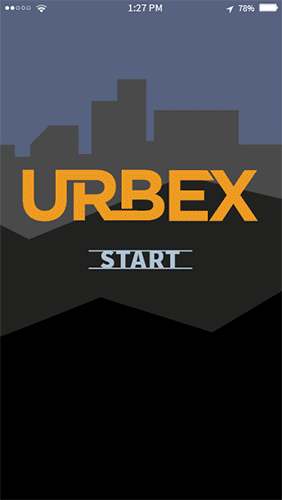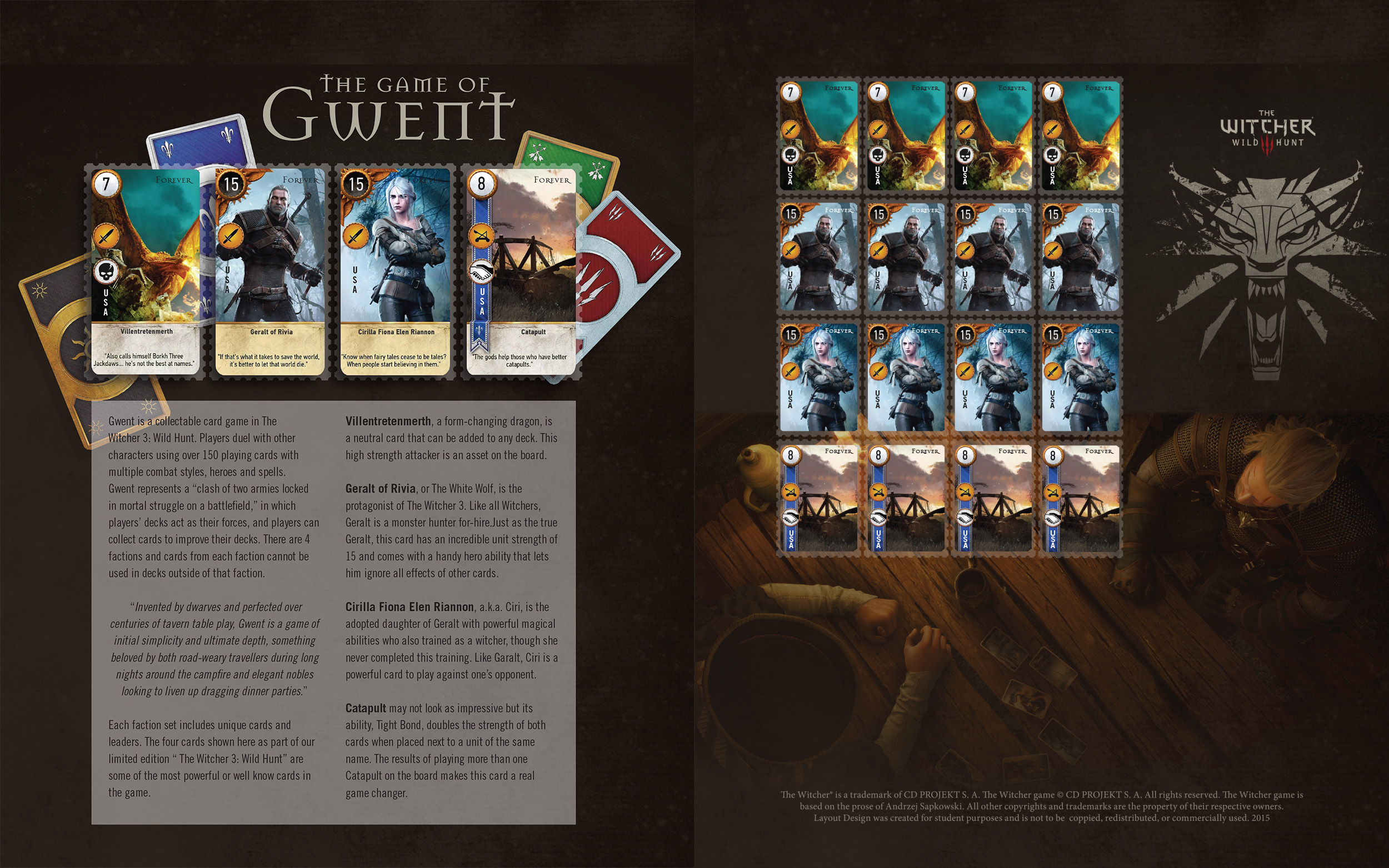In 2020, we rolled out an updated logo for the Park and newly created branding applications (fonts, color pallets, a style guide, fresh website, new merchandise). This poster style at-a-glance guide was used in office for easy reference. Logo is officially Trademarked by the state of Indiana.
In April of 2022, the park celebrated it’s 50th anniversary and wanted a special logo for celebratory branding. I wanted to keep similar visuals to the park’s regularly used logo while nodding to where it’s grown over the years (adding bison and foxes to the list of Animal Ambassadors). Is officially Trademarked by the state of Indiana.
The Park sends out a quarterly newsletter to all Members and Sponsors. Each season has a different color system that is also used for social media graphics and other mailings.
The Park offers three levels of Corporate Sponsorship; Wolf, Fox, and Bison. Wolf Level sponsors are recognized with a large banner, displayed for a full year.
The Park offers three levels of Corporate Sponsorship; Wolf, Fox, and Bison. Fox Level sponsors are appreciated with a sign installed between the Gray Fox and Red Fox enclosures.
Wolf Park aspires to have signage for each species enclosures with additional infographics across the property. The first of this project was Canids in the Canopy.
This sign informed visitors to look up for our foxes and inform about the species from a conservation perspective.
Another species sign centered around conservation. Includes bat facts, concerns, and calls to action, “What YOU can do!”
Worked with the EPICS student group from Purdue University who built two display Bat Boxes that we installed next to the sign. The boxes have acrylic panels so visitors can see inside a bat box.
Developed a new, signature Calendar for Wolf Park that features the work of world-renowned wolf photographer Monty Sloan. The collection offers photos of every animal living at the park, captions or facts for each image, and advertisement opportunities for local businesses. 2023 is in progress.
Wolf Park had received a grant allowing us to reinvent the space of our aging Education Building into a children’s Conservation Champion exhibit. The project was named “Go Wild.” This door wrap was installed on two entrances to the building.
I crafted accurately sized footprints for our three most prominent species at the park (wolf, fox, and bison) and stamped tracks leading into the Education Building. Also featured here, the door graphics.
Another project built by the EPICS Purdue student group, this box is for Conservation Coins. Every visitor receives a wooden token, representing a portion of their admission price. They bring that token into the new ‘Go Wild’ exhibit and choose a Conservation Organization to support. Their token goes into the lower container for that org.
Every year, those tokens will be collected, counted, and funds donated to Organizations before choosing new partners for the next year.
These are the inserts for the Coins for Conservation box, featuring five groups that visitors can donate too. The top row tells viewers a bit about the org while the bottom row sits behind the coin container where tokens are dropped.
Five species signs developed for the ‘Go Wild’ exhibit featuring animals of Indiana (where the park is located).
Children on a school fieldtrip interacting with ‘Go Wild’ room. Most are playing at the Habitat Builder activity table, some reading the species signs, another is checking out the Conservation Coin box.
This three piece wall mural was installed along the entrance wall to the exhibit. The overall theme is Backyard Conservation. Making eco-conscious changes and coexisting with wildlife is as easy as making simple changes in your own backyard.
The Harrison has been in Indianapolis for many years. Under the guidance of designers at RLR, I pieced together the history of the Harrison building to be displayed in the main hallway entrance. The image on my intro page leading to my design work is this piece right after installation.
The result of an 8 week group research project on “Urban Exploration” in Indianapolis and it’s urbexer community. We developed a social app, complete with brand colors and icons, for use by Indy’s urban explorers.
This graphic is a User Experience Map and collection of data from Phase 1 of my Capstone Case Study. This poster was presented to the community partner that supplied me with the Study’s problem; adolescent’s [of Indianapolis] accessibility and understanding of hormonal contraceptive use.
“Philately : the collection and study of postage and imprinted stamps”
Created a set of collective stamps and an information page featuring cards from Gwent, which is a game within the video game The Witcher III.

























